Crowns of Gold and Black
by Rebecca Mills
They’ve gone.
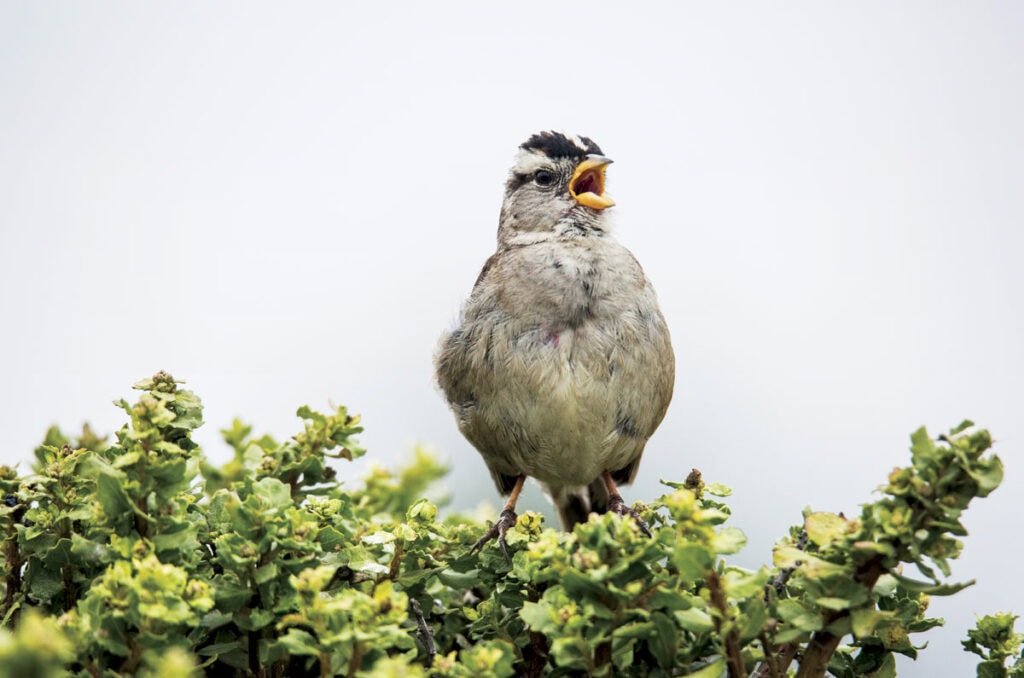 White-crowned Sparrow / Dave Strauss
White-crowned Sparrow / Dave Strauss
With my morning tea, I open the back door and search. No Golden-crowned Sparrows. A California Towhee shuffles among the crusty leaves below the platform feeder. Several Dark-eyed Juncos tap at the ground or into the feeder openings for suet or peanuts, “wild bird mix” or thistle seed. No Golden-crowneds. Dave and I kept track for years. Now Dave is gone, and my daughter and I keep up the ritual. We expect them to leave sometime in mid-April and return in mid-September. Over the last few weeks we watched them eating rapaciously, as photoreceptors deep inside their brains reacted and triggered hormonal changes. Their stripes of crown feathers molted and regrew a rich bright yellow, framed in black. Most of them disappeared on April 21st. A few hung around the next day. None in sight two days later. Buen vuelo (have a good flight)!
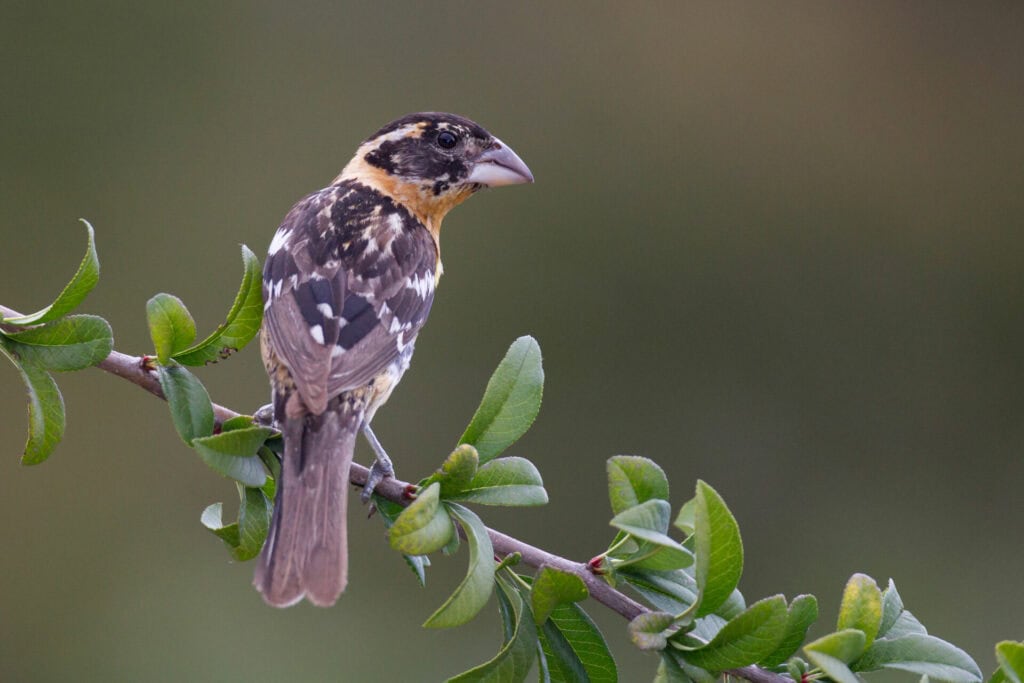 Black-headed Grosbeak / Bob Lewis
Black-headed Grosbeak / Bob Lewis
They will fly north, some as far as Alaska, to breed and raise their chicks. Scientists know little about their migratory routes, breeding behavior, and nesting sites. We hope their stopover spots have survived the epic fires and floods of our times, that they find enough food and drink at their hostels, that their breeding is successful, their chicks robust and ready to fly back here in the shortening days of September. They comfort me in these times, coming and going, responding to an ancient call, braving the skies with no certainty they’ll find room and board in their traditional migratory habitats.
Other color-splashed avian visitors are here now. Brilliant orange, black, and white Black-headed Grosbeaks whose occasional sweet gentle call we love to hear. Elegant grey Band-tailed Pigeons with their white collars and tail-bands and their iridescent violet necks, who grunt and coo. Hairy woodpeckers with their red hats. And Bushtits, Juncos.
I’ve known juncos as long as I’ve known my sister—all my life. Proverbial “little brown birds”, they are everywhere. Their black heads—black hoods, black crowns, —their cinnamon-brown backs and lush-white breasts edged in pale peach, their tails flashing white stripes when they fly, their familiar “chp chp” calls populate my every day. They’re up before I am. They’re at all our different feeders and on the ground. They crack the seeds with their small, fat, pinkish sparrow beaks, spitting out the husks— in our backyard, on the front porch, in the Mahonia and Douglas Fir next to my daughter’s window feeding tray. …

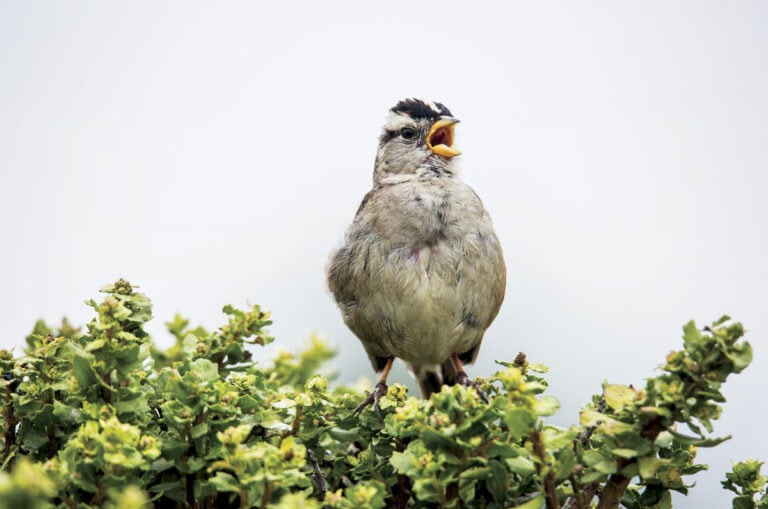
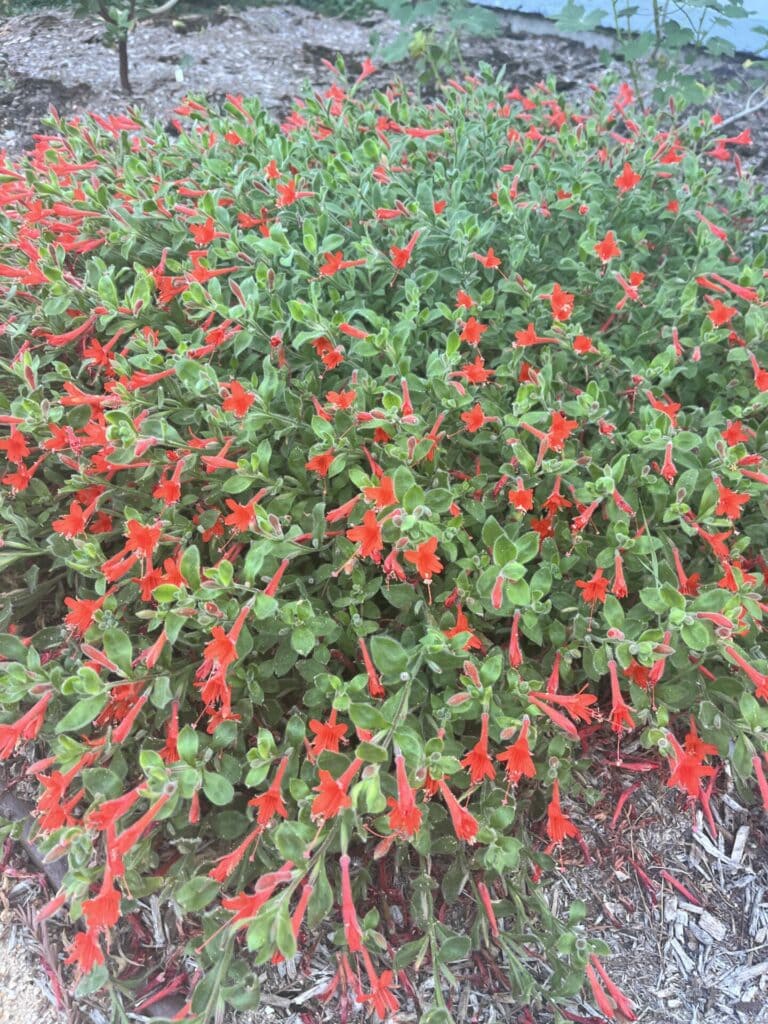
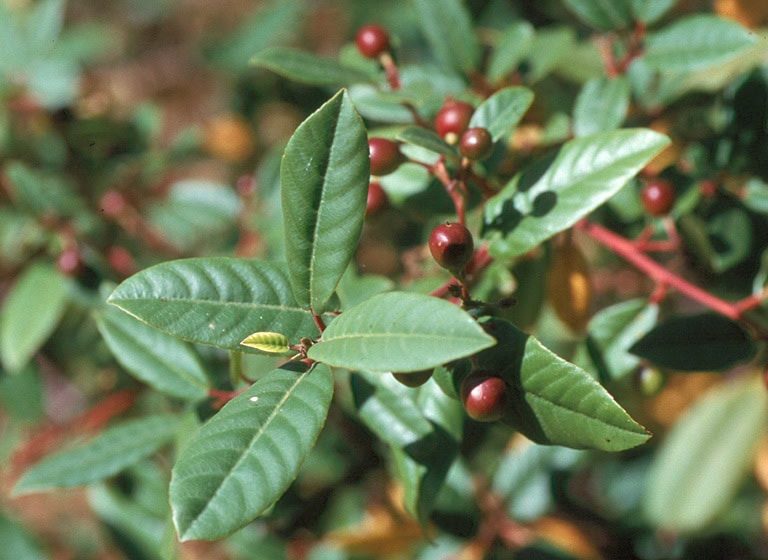
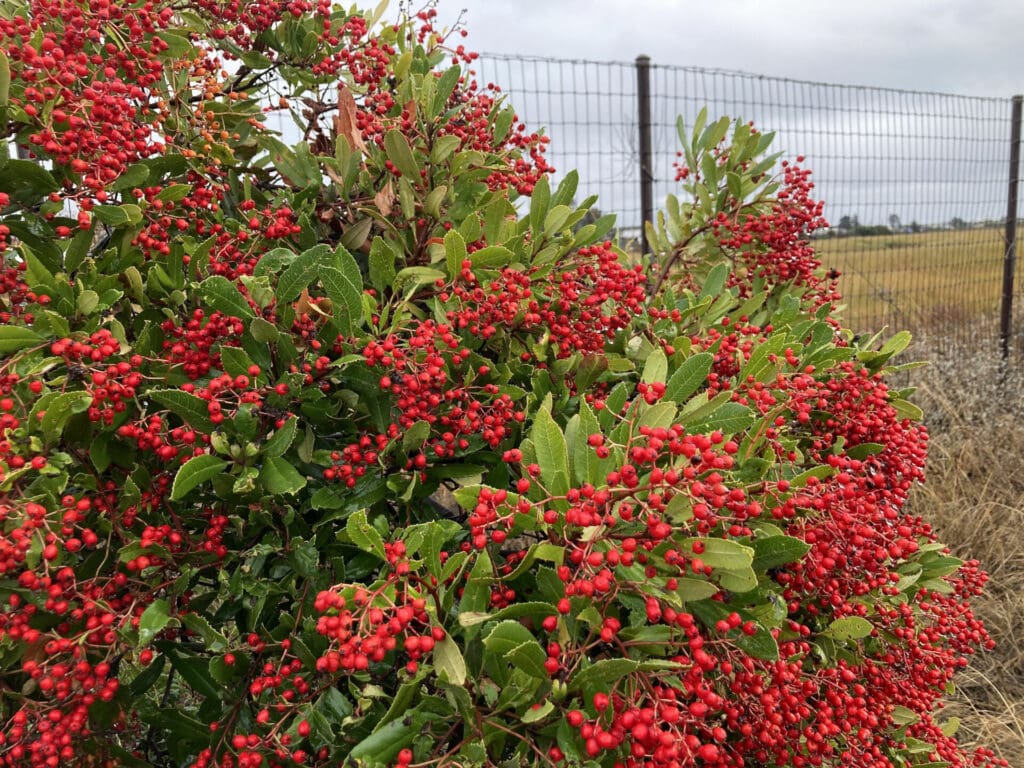
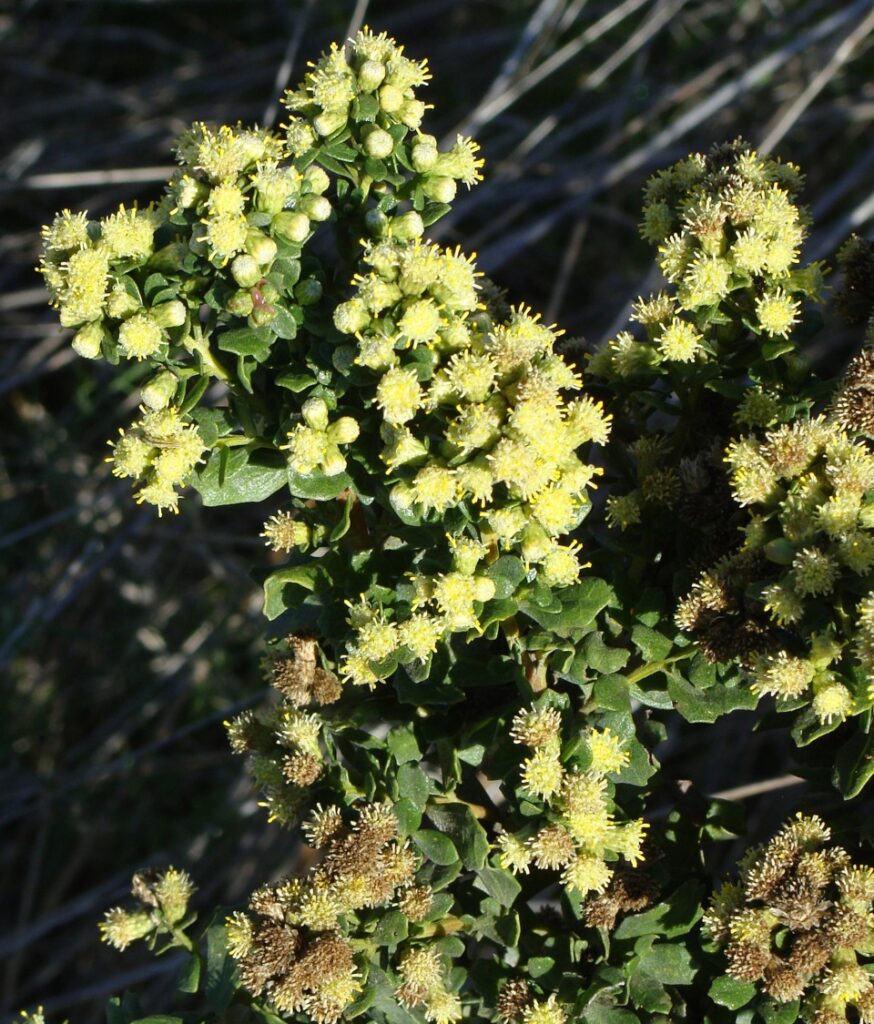
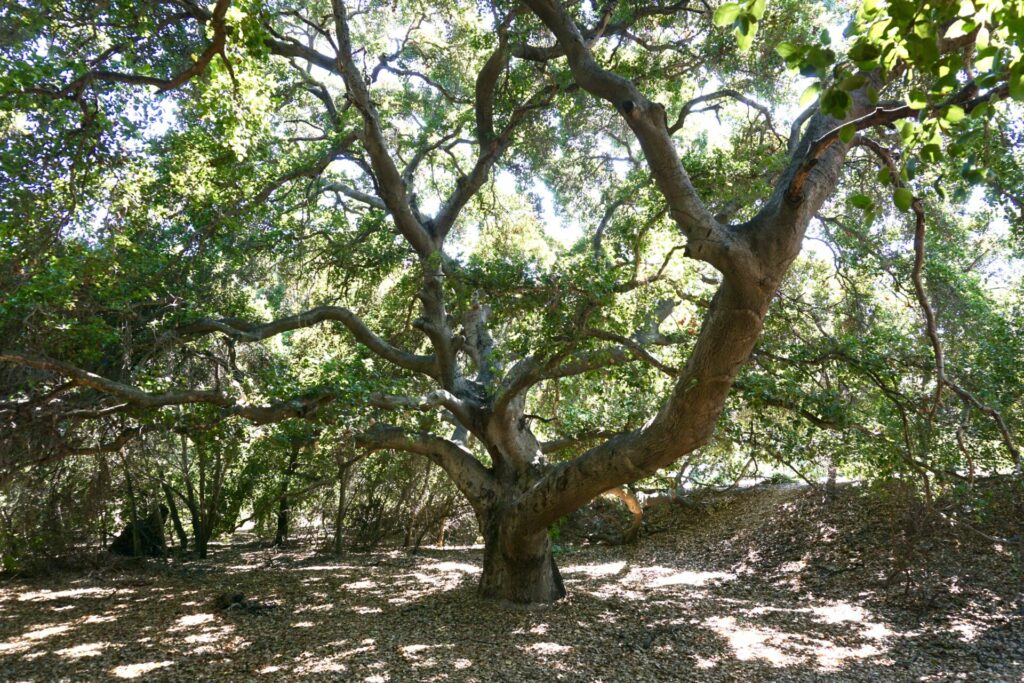 Coast Live Oak /
Coast Live Oak / 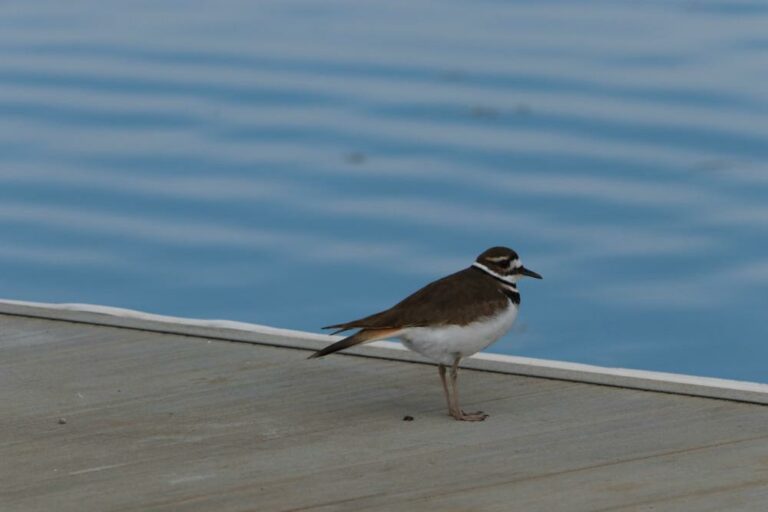
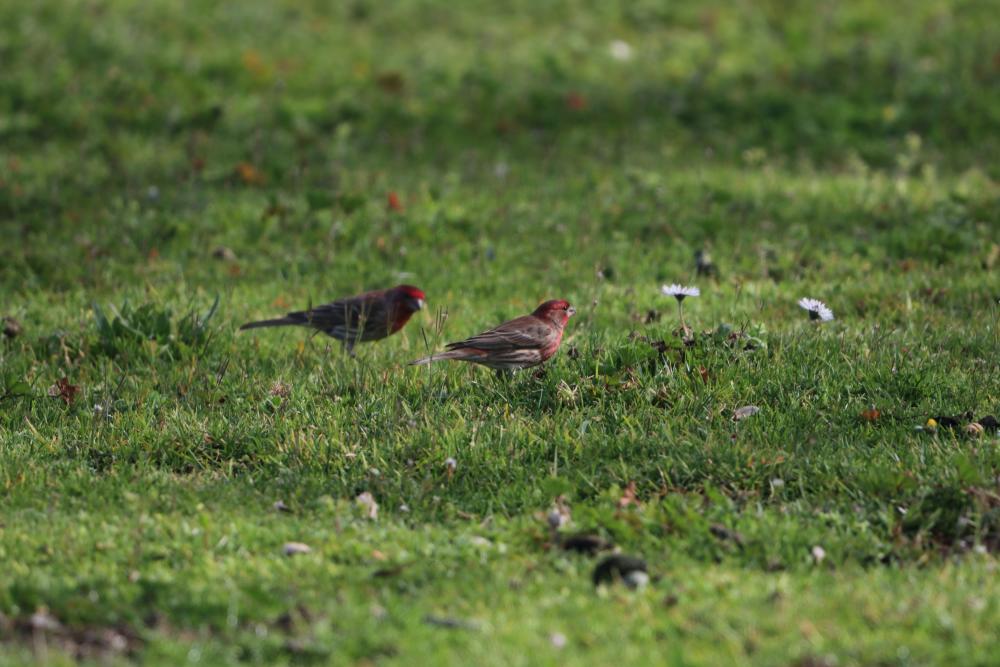 House Finches / Clive Harrison
House Finches / Clive Harrison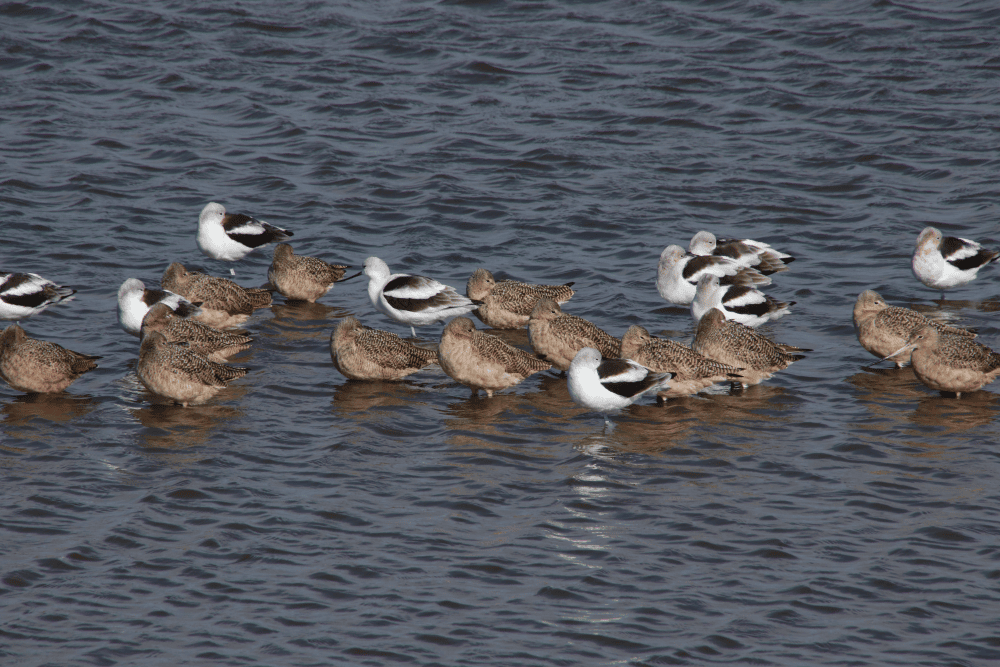 American Avocets / Clive Harrison
American Avocets / Clive Harrison

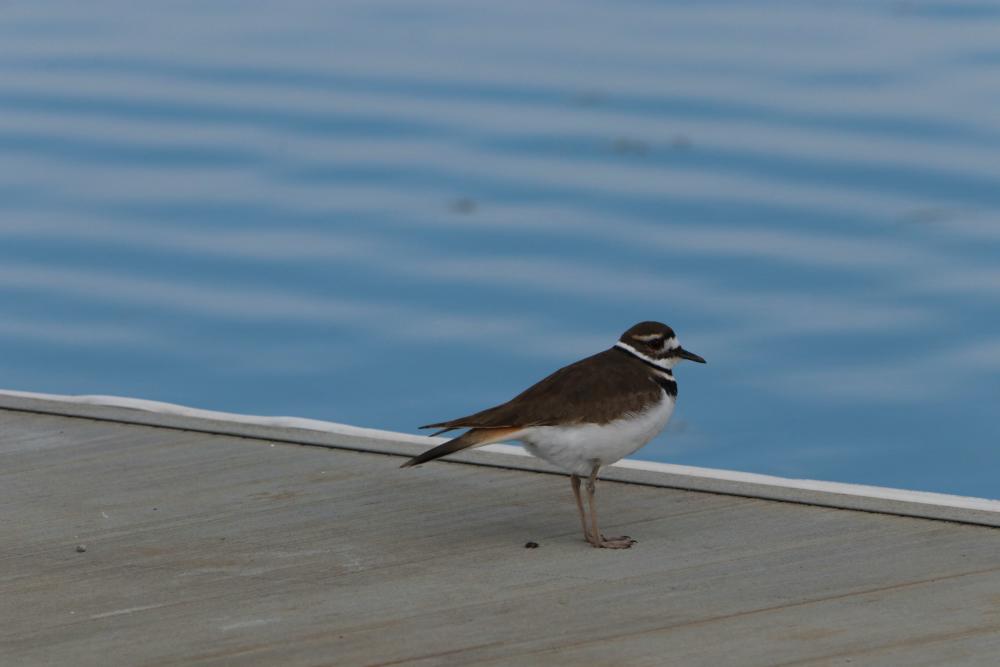 Killdeer / Clive Harrison
Killdeer / Clive Harrison
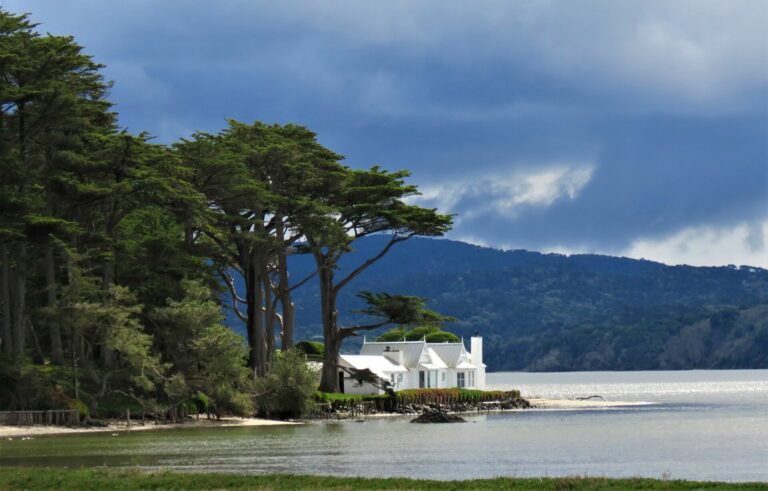
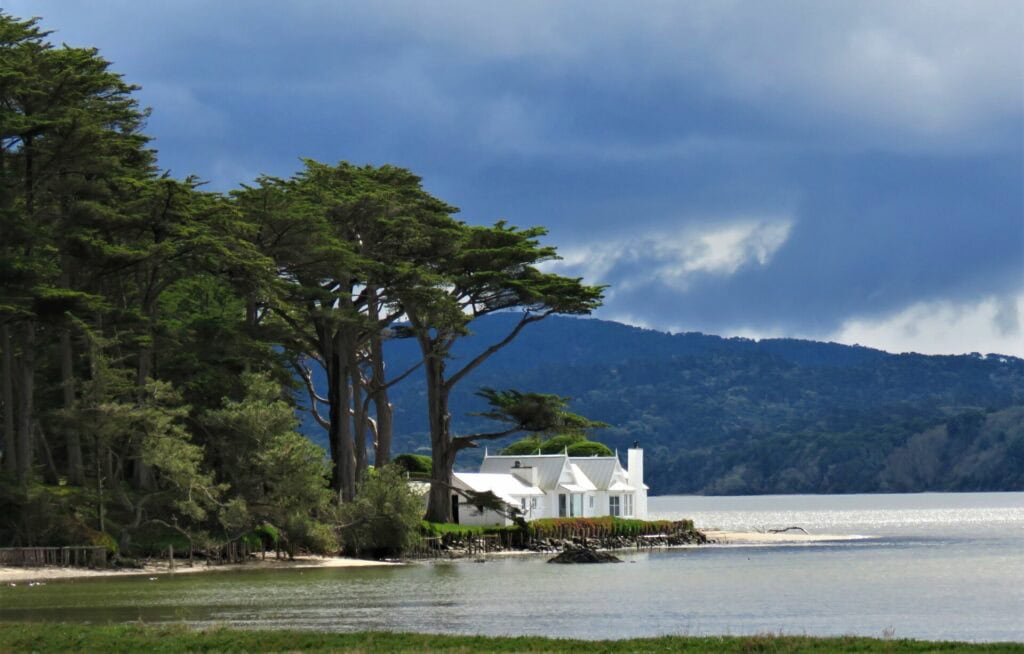 Cypress Grove, Marshall CA / provided by Nils Warnock
Cypress Grove, Marshall CA / provided by Nils Warnock
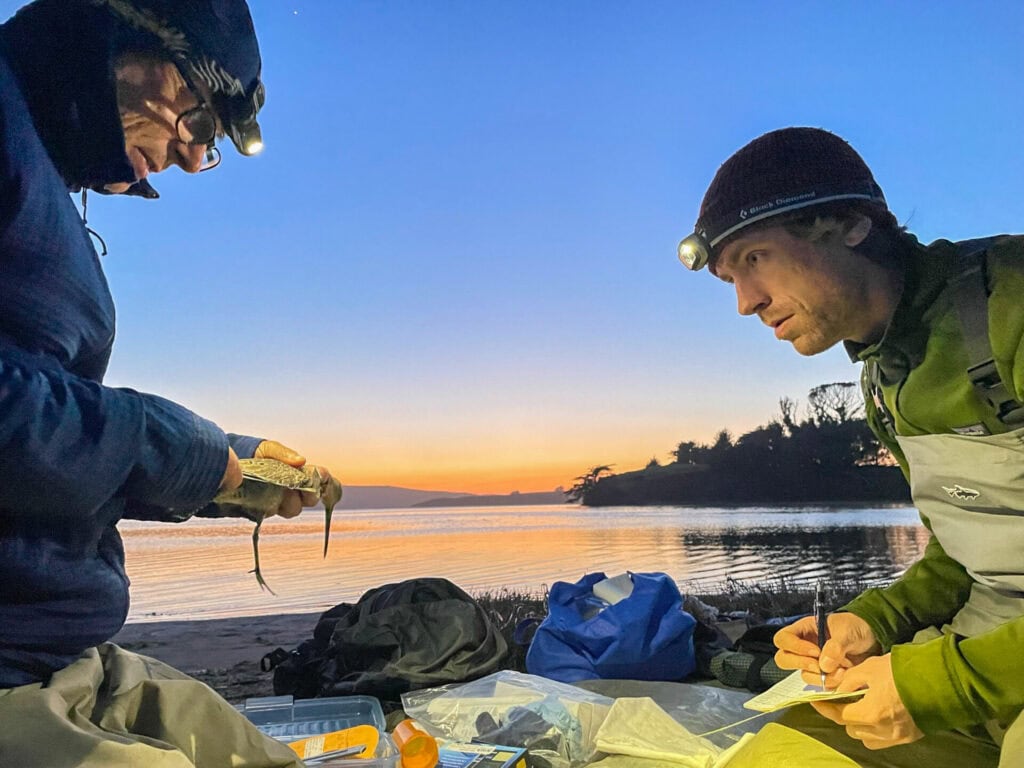 Nils and David Lumpkin banding a short-billed dowitcher at the Walker Creek Delta in Tomales Bay / S. Jennings)
Nils and David Lumpkin banding a short-billed dowitcher at the Walker Creek Delta in Tomales Bay / S. Jennings)
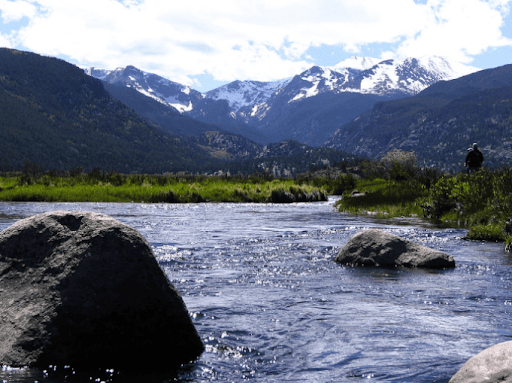
 Rocky Mountain National Park by Allie Peterson
Rocky Mountain National Park by Allie Peterson
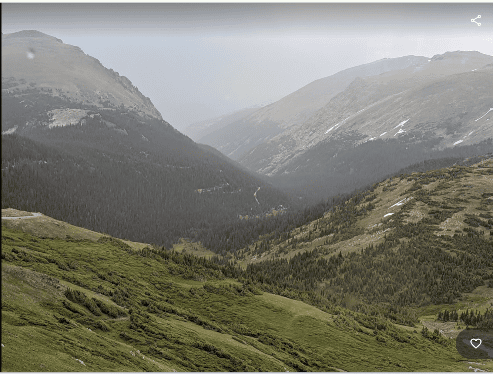 Rocky Mountain National Park by Steve Hunter
.kb-image66106_e73341-16 .kb-image-has-overlay:after{opacity:0.3;}
Rocky Mountain National Park by Steve Hunter
.kb-image66106_e73341-16 .kb-image-has-overlay:after{opacity:0.3;}
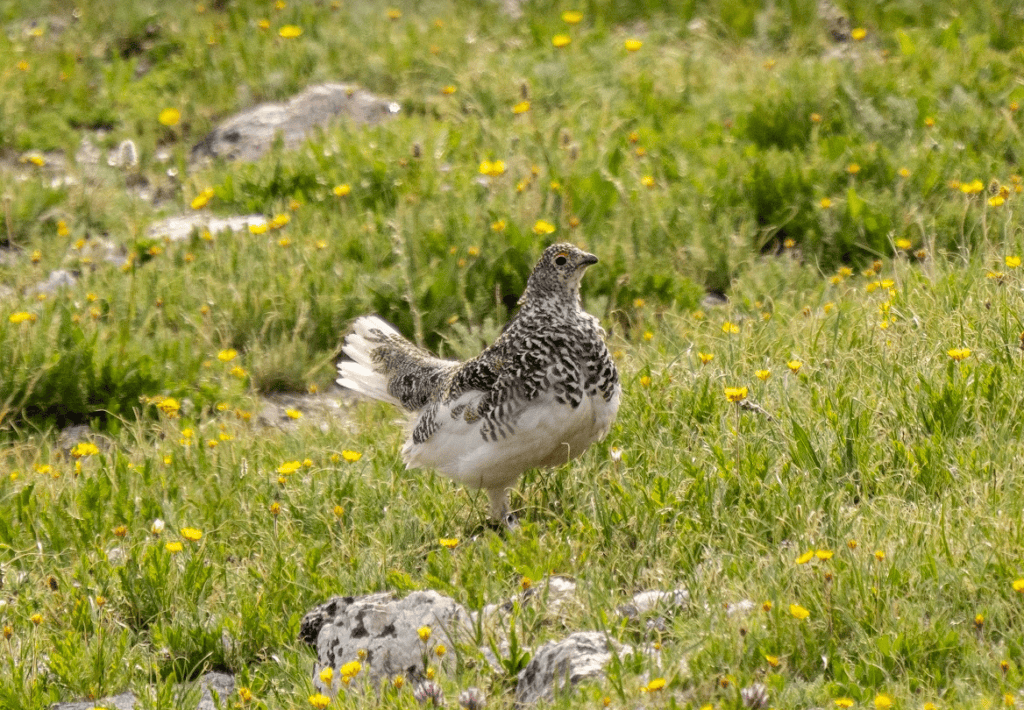 Dusky Grouse by Viviana Wolinsky
Dusky Grouse by Viviana Wolinsky
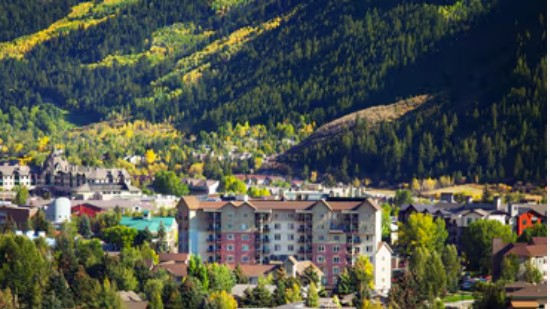 Avon/Vail Sheraton Vista Villas
.kb-image66106_a72941-b3 .kb-image-has-overlay:after{opacity:0.3;}
Avon/Vail Sheraton Vista Villas
.kb-image66106_a72941-b3 .kb-image-has-overlay:after{opacity:0.3;}
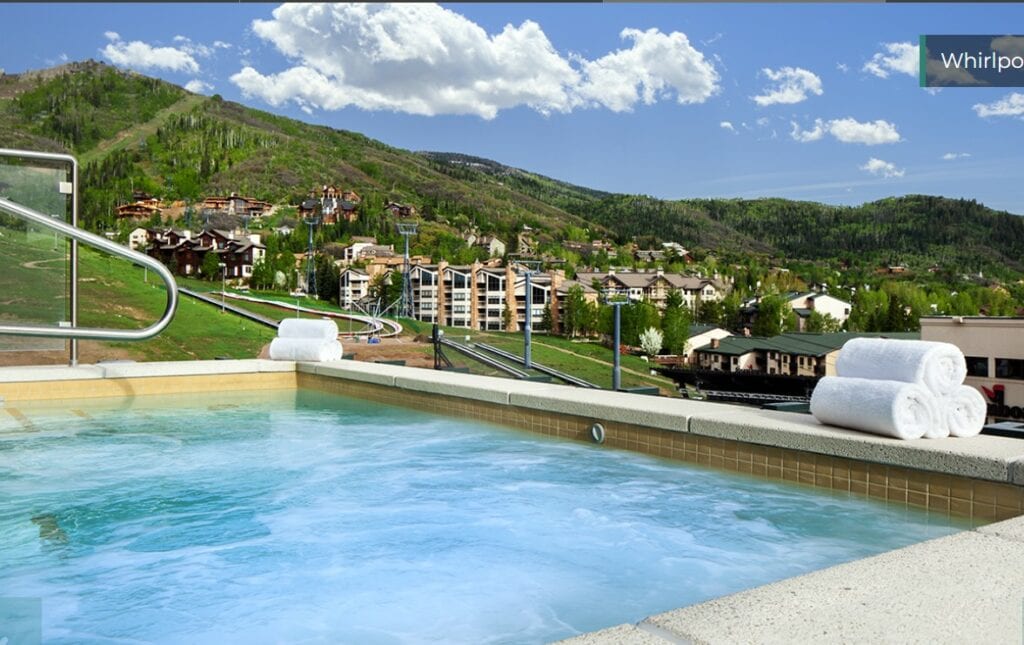 Steamboat Sheraton Resort Villas
Steamboat Sheraton Resort Villas